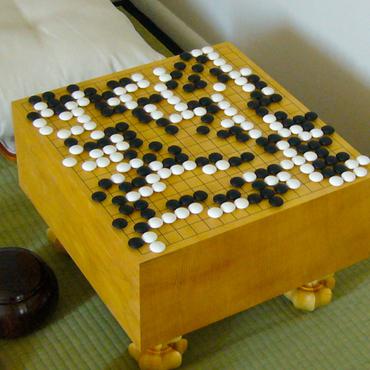Better Computer Go Player with Neural Network and Long-term Prediction
Competing with top human players in the ancient game of Go has been a long-term goal of artificial intelligence. Go's high branching factor makes traditional search techniques ineffective, even on leading-edge hardware, and Go's evaluation function could change drastically with one stone change. Recent works [Maddison et al. (2015); Clark & Storkey (2015)] show that search is not strictly necessary for machine Go players. A pure pattern-matching approach, based on a Deep Convolutional Neural Network (DCNN) that predicts the next move, can perform as well as Monte Carlo Tree Search (MCTS)-based open source Go engines such as Pachi [Baudis & Gailly (2012)] if its search budget is limited. We extend this idea in our bot named darkforest, which relies on a DCNN designed for long-term predictions. Darkforest substantially improves the win rate for pattern-matching approaches against MCTS-based approaches, even with looser search budgets. Against human players, the newest versions, darkfores2, achieve a stable 3d level on KGS Go Server as a ranked bot, a substantial improvement upon the estimated 4k-5k ranks for DCNN reported in Clark & Storkey (2015) based on games against other machine players. Adding MCTS to darkfores2 creates a much stronger player named darkfmcts3: with 5000 rollouts, it beats Pachi with 10k rollouts in all 250 games; with 75k rollouts it achieves a stable 5d level in KGS server, on par with state-of-the-art Go AIs (e.g., Zen, DolBaram, CrazyStone) except for AlphaGo [Silver et al. (2016)]; with 110k rollouts, it won the 3rd place in January KGS Go Tournament.
PDF Abstract


